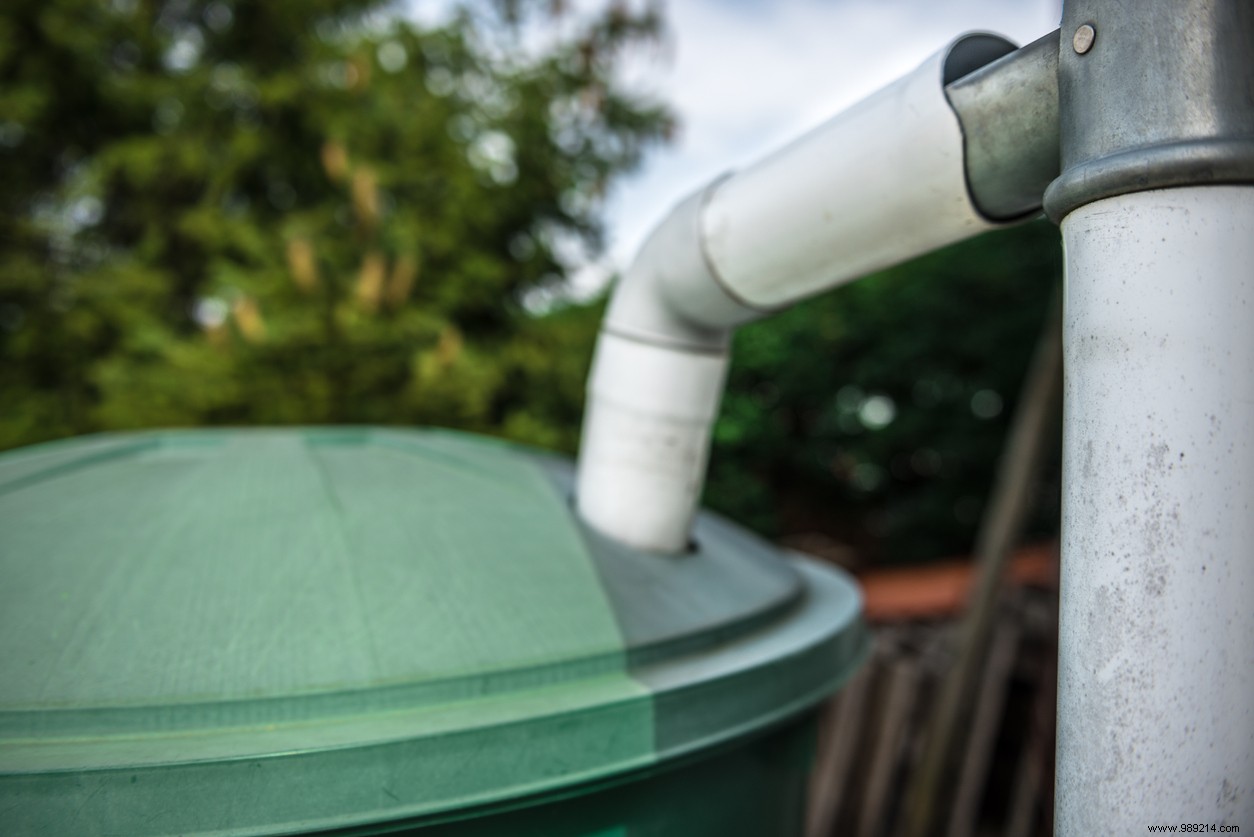Rainwater harvesting is an economical and ecological solution, but not everything is allowed. Indeed, there are very specific regulations in our country dictating the prohibitions, obligations and conditions for the use of rainwater.
Let it be said, collecting rainwater is a great idea. Indeed, every gesture to avoid the waste of water is welcome. The fact is that recovering water from precipitation is both a gesture for the planet , while being synonymous with savings at the wallet level. Nevertheless, and for health reasons, this recovery is not done just any way.
The decree of August 21, 2008 relating to the recovery of rainwater and its use inside and outside buildings is very clear on the subject. Rainwater cannot be used for food . Therefore, it should not be drunk or used for cooking or washing dishes and cleaning vegetables.

But why is it forbidden to use this water in a food setting? In reality, the authorities simply consider that it has health risks . From the moment rainwater runs off the roof of buildings, there is a risk of potential chemical contamination. During storage in the tank (or tank), contamination by bacteria and other parasites may also possibly occur.
In addition, rainwater contains a significant amount of carbon dioxide (CO2), making it acidic. We should also mention the presence of nitrogen oxides (NOₓ) and sulfur dioxides (SO₂) from the combustion of fossil fuels . Even adding a disinfectant to the water or boiling it, the water is still not drinkable. Indeed, some bacteria and other parasites can resist this type of treatment.
In reality, the only way to solve the problem is to use a tank equipped with a specific device able to make water drinkable. If necessary, the use of rainwater is limited to watering plants (flowers, fruits and vegetables, etc.), the lawn, supplying the toilet or cleaning floors and the car and filling the swimming pool. Under certain conditions, laundry can also be cleaned with rainwater.